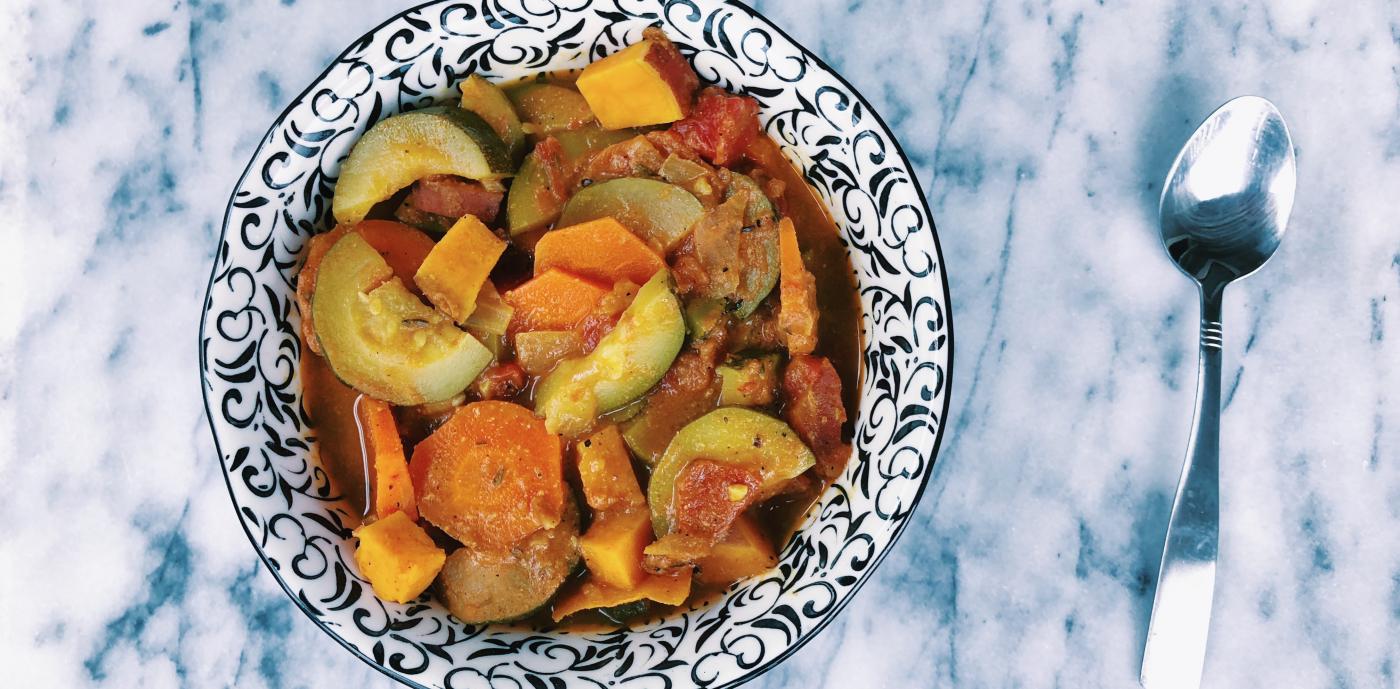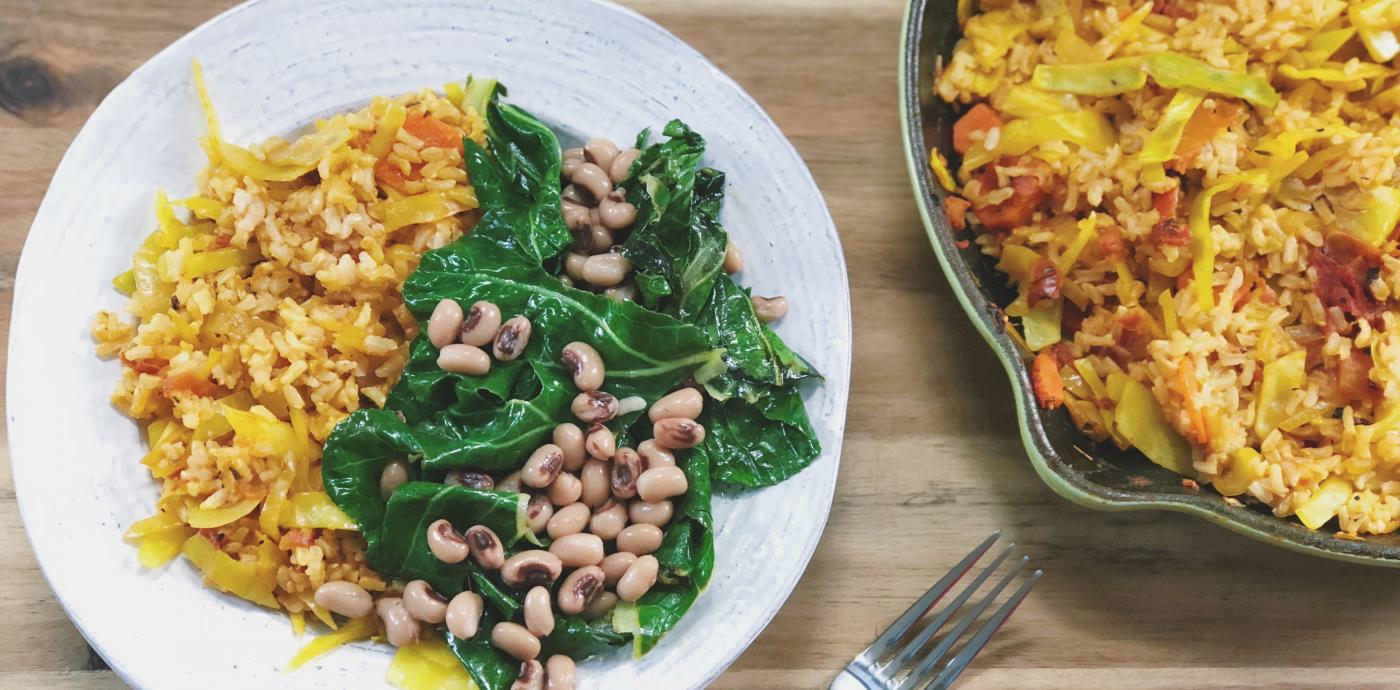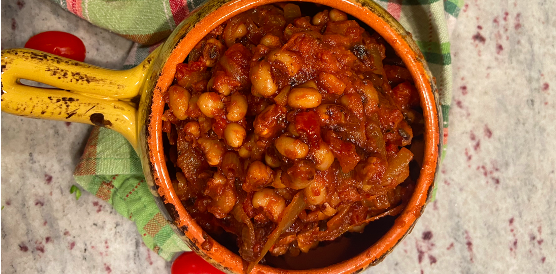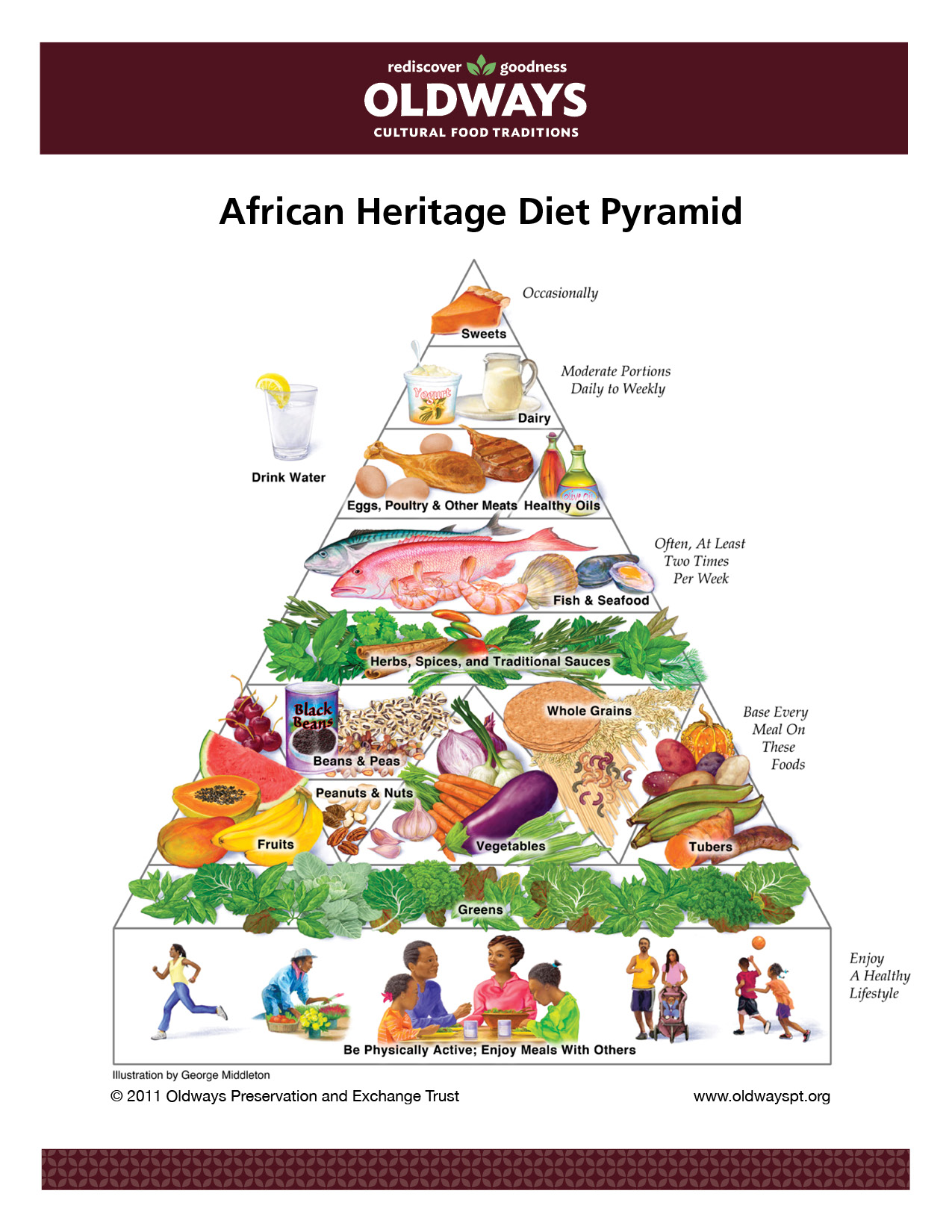At Oldways, we explore African Heritage Diets through the lens of four major regions of the African Diaspora: Africa (especially West and Central Africa), the Caribbean, the American South, and Latin America (especially Brazil). When culinary historian Michael Twitty announced his March 2021 lecture series, A Shared Soul: A Culinary Journey from West & Central Africa to the American South, it presented an opportunity to take a closer look at many of the ingredients and dishes that are signicant to African American cuisine.
Michael Twittys spiritual food journey focused on three regions of West & Central Africa: Benin, Kongo-Angola, and Senegambia, as well as their impact on the Diaspora and their connection to what people recognize as soul food. Most people captured during the Transatlantic slave trade, which took place from the 1600s through the 1800s, came from those regions.
The inherent wisdom and indigenous culinary knowledge that African peoples carried with them helped shaped American cuisine as we know it today, as well as the cuisines all along the Diaspora. In this course, Michael Twitty explained that food was a toola tool of survival, ethnic identity, cultural preservation, and consistent linkage with the West and Central African tradition as evolved in the age of exploration in the Atlantic world.
Kongo-Angola
The Kongo-Angola region includes Angola, The Republic of Congo, and The Democratic Republic of Congo; this region consisted of many ethnicities such as the BaKongo, Kimbundu, Ovimbundu, and others. The similarities shared among these groups were language, geography, and spirituality. This comes from the direct influence of the Bantu culture (ancient), then stems from Nigeria and Central Africa.
People from the Kongo-Angola region are known to cultivate ancient grains (millet and sorghum) and savanna (ecological region) crops. When the Portuguese colonizers arrived, they brought new seeds and plants to develop, such as cassava, plantains, bananas, and corn. Cassava was significant since it could be used as flour, porridge, and mash. Dishes created by the BaKongo peoples that help explain the Portuguese culinary fusion include Saka Saka, which involves cassava leaves cooked (similar to collard greens) and flavored with salted fish. The cassava was used to make bread known as Kwanga in central Africa. The bread must be wrapped in a banana leaf and left to sit over hot coals. This cooking technique traveled to America and became a good survival tool for those enslaved (i.e., roasting corn and peanuts). The Spanish and Portuguese introducd several crops that then, over time, became a local staple by Africans, such as corn (maize), peanuts, sweet potatoes, and red peppers, tomatoes, beans, pumpkins, squashes.
To experience how the Kongo-Angola people have influenced African Diaspora Cuisine, try a dish such as Millet with Zucchini and Chickpeas or Yuca Fries. The ingredients featured in these recipes made their way to our tables by way of the agricultural advances of the Kongo-Angola people.
Senegambia
This Senegambia region includes people from Senegal, Gambia, and Guinea, Mali, and Guinea-Bissau. The Wolof people, who originated in the Northern Senegal savanna region, had an enormous impact on Senegambia cuisine, growing millet, sorghum, peanuts, and cotton. The Wolof women’s common crops were corn, beans, cowpeas, sorrel, eggplant, okra, tomatoes, hot peppers, melons, sesame, pumpkins, onions, sweet potatoes, sweet cassava, and more. The Wolof peoples would keep domestic chicken, sheep, goats, and cows (cared for by their Fula neighbors), fish, and grow tobacco within their small family plots. The usage of nut-based soups, leafy greens, and spicy sauces helped maintain the African culinary traditions of enslaved Africans.
In 1648 Africans from Senegambia and Ghanaian origins introduced rice cultivation to European settlers within the Chesapeake region. Rice revived the Carolinas and made planters millions in U.S. currency. Although rice was the main crop of interest in the Low Country, many Africans residing within this area were also able to incorporate some seafood within their diets. The Low Country has a vast variety of oysters, swimps (small native shrimp), turtles, and crabs, which set the foundation for many of the rice-and-seafood dishes that are served in the South today.
To experience how the Senegambia people have influenced African Diaspora Cuisine, try making the iconic dish Jollof Rice, which gets its name from the Wolof people (Wolof/Jollof). Another favorite dish of this region is Mafe, which is a Senegalese Sweet Potato and Peanut Stew.
Benin
The Benin region included people from Benin, Ghana, Nigeria, and Cameroon. The influence of the slave trade in this region came from Ghana (Benins neighbors), whose people included the Akans and Fantes.
The Akans have many similar greens, soups, and stews like Senegambian and BaKongo during the slave trade. This population is from central and south Ghana, where the geography consists of mixed savanna and tropical rain forests. Akans are known as expert cultivators of the yam, which makes fufu (mixture of pounded starches), and goes perfectly with many west African stews. They were also known for growing eggplants, beans, peas, ginger, okra, and leafy greens. Once introduced to other crops via the Portuguese, their diet incorporated pineapples, tomatoes, peanuts, coconuts, sugar cane, mangos, papayas, sweet potatoes, oranges, and more exotic crops to the West African region.
Meanwhile, their neighbors, the Fantes, were excellent fishermen. They would fish for bonito, rays, mackerel, crustaceans, and occasionally an African manatee. If they were fishing alongside rivers or freshwater lakes, they’d catch catfish, tilapia, and crabs with woven baskets made from palm fibers.
To experience how the Benin people have influenced African Diaspora Cuisine, try making Red Red, a black-eyed pea stew.
The main crops that illustrate authentic African cuisine throughout the diaspora include okra, black-eyed peas, watermelons, millet, sorghum, rice, cowpeas, guinea fowl, and guinea hogs, which were brought through the trade to the Chesapeake Bay and the West Indies. Unfortunately, colonialism and the Trans-Atlantic Slave trade played a significant role in shifting these African regions to experience food and nutrition insecurity, since the crops were left uncared for as agricultural workers were taken from their homes.
Today, we can celebrate the contributions of our African ancestors by carrying forth their traditional foods. If you want to immerse yourself in your own culinary journey through West and Central Africa, pick up a copy of Michael Twittys beautiful book, The Cooking Gene, and learn about how you can get involved in A Taste of African Heritage, Oldways 6-week cooking and nutrition curriculum.










